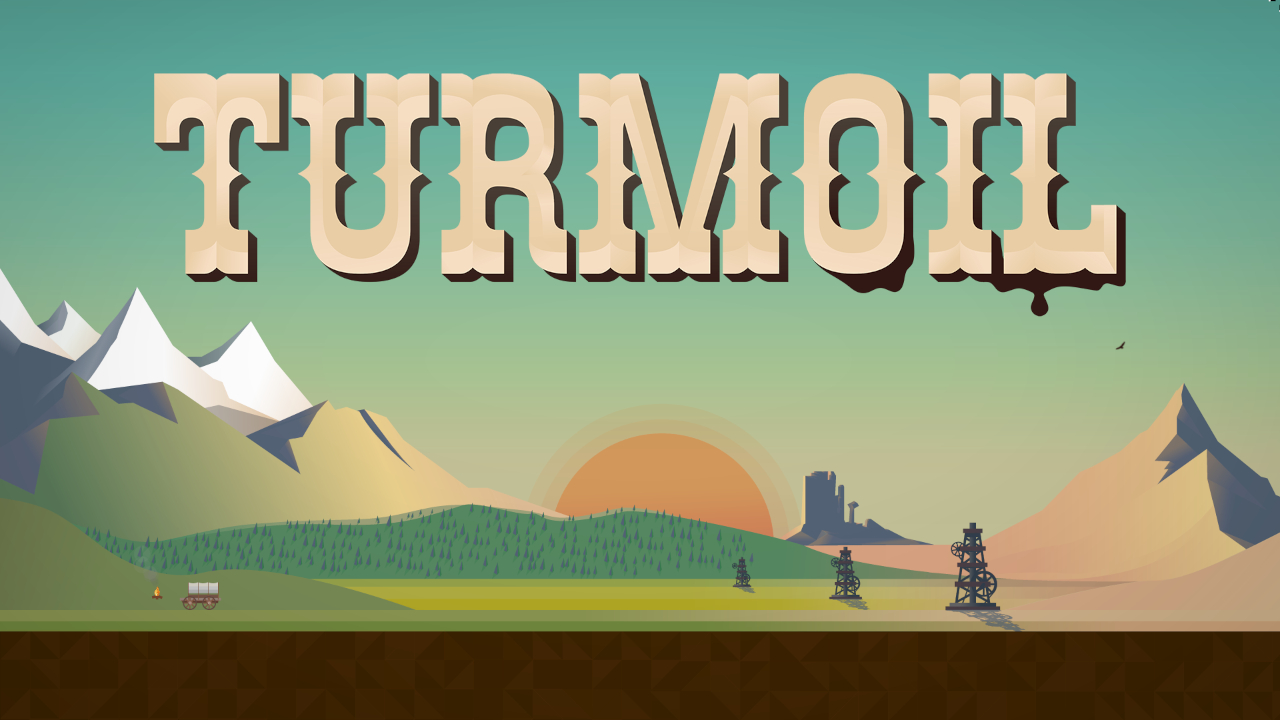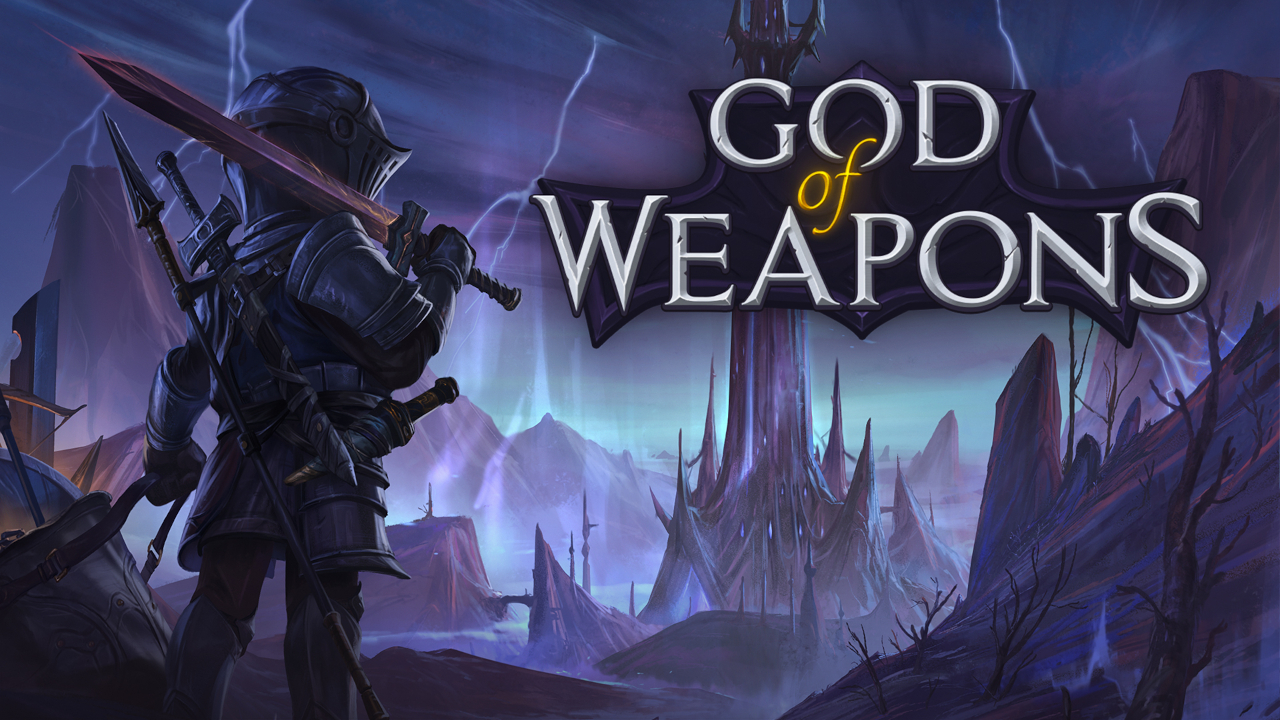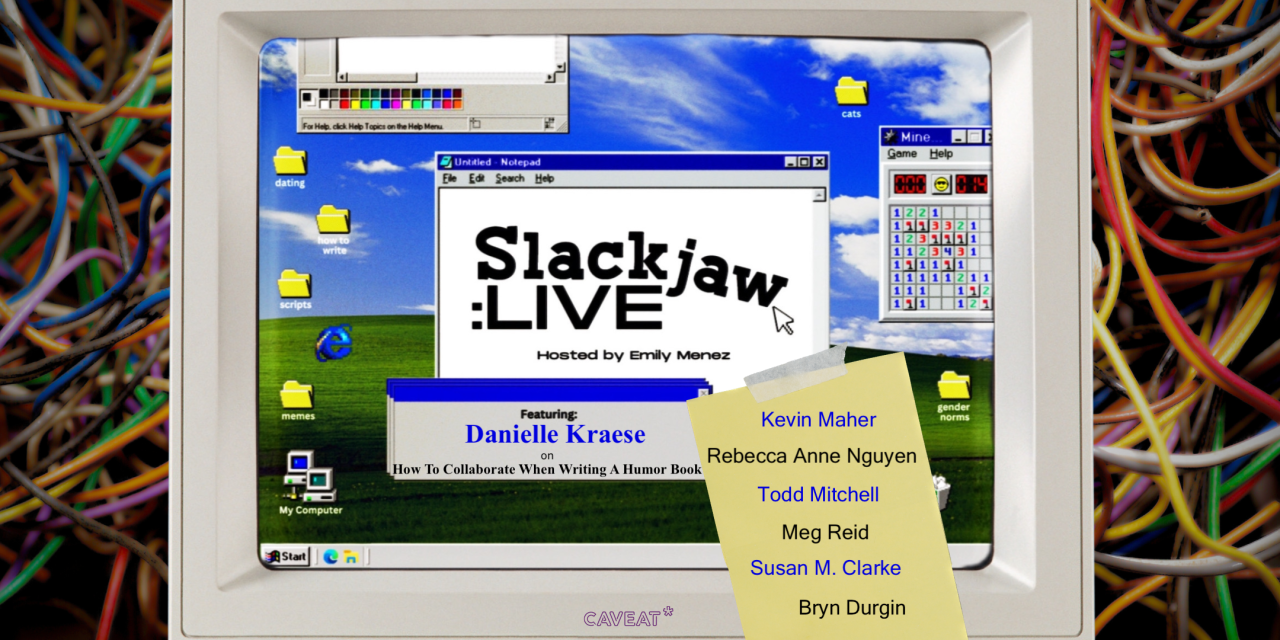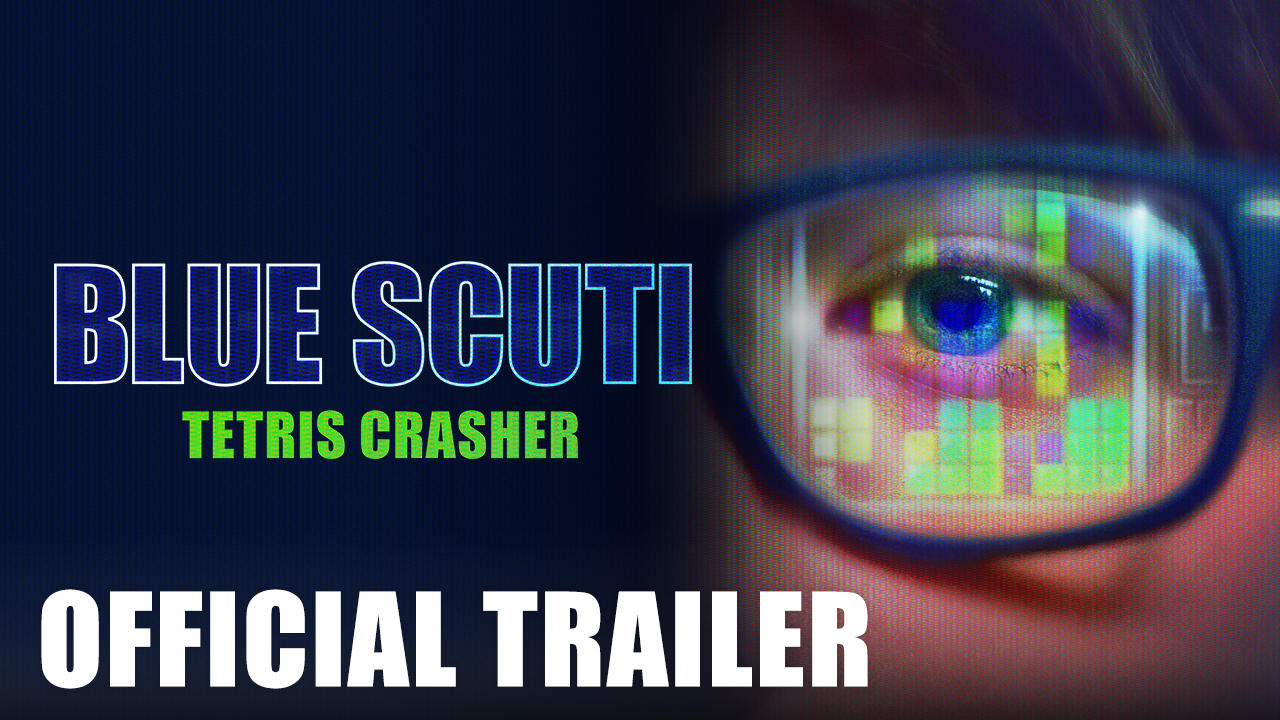By community request, we look at what successful developers have to say about pricing your indie game. I’ll talk about my experience, too, so you know what not to do.
The pricing topic runs deep. Some platforms have pricing limitations and requirements, but most are wide open, leaving you to solve the mystery for yourself. Do you price according to your valuation of your own work? Do you focus on the competition? What about the target audience? These are the questions we seek to answer. While there’s no way to deliver hard answers in a hurry, we’ve rounded up some compelling advice from the right people, thanks to ongoing research on the topic.
This episode wouldn’t have been nearly as interesting without the great work of Marie Dealessandri. Read the full article at GamesIndustry.biz.
We’ll also take a look at The Ultimate Guide to Pricing Strategy at HubSpot.
Show Notes:
- Shoutout to @PozziSoft for topic
- My experience
- Made an educational game for kids
- Felt I couldn’t leverage ads
- App was not likely to be used long-term
- Settled on old-school $1.00
- One user complained that the $1 app only taught kids counting and the alphabet in one language
- Gave presentations online and in-person to teachers and education specialists
- Set up special bulk-licensing discounts for schools and organizations
- Don’t think I ever crossed over $100. Probably got close.
- Lesson: Underpricing yourself isn’t necessarily a silver bullet for sales
- Reddit Discussion
- Some users felt there are certain go-to price points like $60 for a triple-A release (we can all agree that’s the standard), $5 is the indie minimum, I notice a lot of primarily online games like Overwatch went for about $40. There’s a feeling that you look at these points on the number line and determine where your game needs to land by comparison.
- Someone brought up target audience in terms of kids are demanding and broke, adults have more discretionary income. If you listened to Richard Rouse III’s interview, he basically said that kids have less money, adults have less time.
- Some folks seemed to think you can send a specific message with the price point alone. The problem is one developer’s 9 dollars which is supposed to say “This is a small game but it’s awesome” may be another developer’s “this was supposed to be $15 but something went wrong”
- GamesIndustry.biz – How to price your game and thrive during Steam sales, Marie Dealessandri (Academy Writer)
https://www.gamesindustry.biz/articles/2020-06-10-how-to-price-your-game-and-thrive-during-steam-sales- Tom Giardino of Valve – “There is no single ‘correct’ discounting strategy. Developers make all the pricing decisions on Steam, and we have seen them achieve success with wildly different strategies. Some very successful games on Steam have never even run a discount. Others have found success via more aggressive, early price reductions. For a developer’s own decision making, we recommend thinking about discounts as one of many tools to bring in new players.
- He says popular full-price games will hold steady on the top sellers list right through a sale without cutting the price
- Simon Byron, publishing director at Curve Digital – The biggest thing about Steam sales is “not to launch a new game anywhere remotely close to them–sales dive a couple of weeks before and after as consumers mentally prepare to empty their wallets when the sale starts.
- Mike Rose, Founder, No More Robots – “A lot of people just price their games too low. I’ve always thought Lucas Pope priced Papers, Please way too low. $10 is absolutely ridiculous for a game like that. That game is a $20 game.”
- Michael Schade, CEO of Everspace developer Rockfish Games says “If nobody complains about your price, you’re too cheap. Instead of binge watching Netflix, watch every talk from Simon Sinek. This will help you understand how to sell your product and how you build a successful business in the long-term”
I find this extremely condescending. Indies aren’t underpricing themselves because they’re stupid and not trying to get smarter, they’re underpricing themselves because they’re trying to compete in an oversaturated market.
Simon has said that every product in every market is a bell curve. What he means is, if you’re looking at a bell curve chart, and that chart is your lifetime sales, you have early adopters that ramp up slowly. Then you have the vast majority of your sales that make up the highest part of the curve, then you have it slope downward over time. So Simon says you’re really only marketing to your early adopters, your biggest fans and supporters, then you rely on their word of mouth and people around them taking notice and that’s the way you do most of your business. Michael’s connection to that is, he’s saying it doesn’t really matter if you have a low price. Your supporters are going to support you.
I don’t agree with this. First of all, it’s important to point out that Simon didn’t say this about games. He probably doesn’t know anything about games. This isn’t really how games work. Games are often very launch-heavy. If you don’t have a big launch, you’re already hurting. If you only have a small number of people support you at launch, you’re actually pretty screwed. You’re not gradually putting a line of bath towels out into the retail space. You’re hoping a crapload of players buy your game on launch day and that you take over the charts and featured store pages. This really doesn’t look like a bell curve at any point.
Michael knows this. They did a big launch, they participated in sporadic sales and bundles, I think they went on Game Pass and got whatever revenue they agreed on there. That chart started high, dropped to nothing, and jumped back up with each of these sales initiatives.
Even if what he was saying was right, of course it matters what your price is. If you don’t think your early supporter group changes based on your price, you’re wrong. It’s even more important if and when that word of mouth starts.
This isn’t exclusive to indies by the way. When Overwatch came out and I had friends playing it, I didn’t especially care about Overwatch. I was right on the fence. When I saw it was $40 on Xbox instead of $60 I went, “Alright fine, I can play with my friends and maybe we’ll have fun,” so I bought it. $60? I would have skipped it. I didn’t care enough. Buyers really do have a sweet spot and you have to find the biggest audience’s sweet spot if you want to succeed. - Back to Simon Byron of Curve Digital – He addresses a strategy that pops up a lot in this discussion: Pricing higher than you normally would, and discounting when you’re hoping to get sales.
- Jake Birkett, founder, Grey Alien Games – “One mistake some indies make is to price their game based on the amount of effort they have put in. Instead, they should look at prices for comparable games in the same genre and use these as a guide.”
- Back to Mike Rose of No More Robots: “The fact is that, if your game does do well, then you are going to be appearing in the ‘More like this’ section on the bottom of their store pages. So players are going to be comparing prices there. If all the games that are doing well in a similar genre to your game are $20, then it’s fair to say that you can probably charge $20 for your game.”
- Have players playtest your game and tell you what they think it’s worth.
- Recognize that games can sell up to their potential. No price point will make a bad game succeed. Be honest with yourself.






Leave a Reply